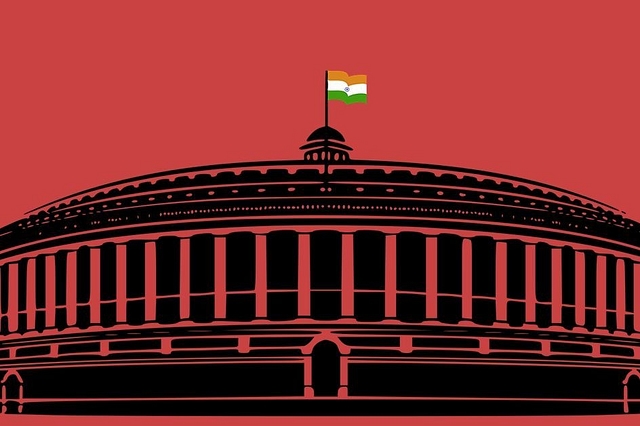
Case For Scrapping MPLADS Is Stronger Than For Mere Suspension Of Two Years
Why MPLADS can be abolished without any loss to the polity or the average MP’s preparedness to face the electorate.
While announcing a 30 per cent salary cut for ministers and Members of Parliament (MPs), the Narendra Modi government also announced the suspension of MPLADS funding for two years, 2020-21 and 2021-22, in order to use the savings to meet Covid-19 healthcare expenses. The government should have gone ahead and abolished it altogether. It serves little useful purpose.
MPLADS, short for member of parliament local area development scheme, could well have been called Money for Parliamentary LADS (or Ladies) to keep them quiescent. It was introduced in 1993 when the minority government of P V Narasimha Rao was feeling shaky, with Congress and other MPs looking restless, eager to consider suitable rewards from rival parties.
But what started off with an annual Rs 1 crore of pocket money that MPs could recommend spending in their constituencies has now ballooned to Rs 5 crore, partly due to inflation. The net cost of giving each MP Rs 5 crore (both Lok Sabha and Rajya Sabha MPs, even though the latter do not have specific constituencies to nurture) is just under Rs 4,000 crore.
Over a five-year term of the Lok Sabha, the taxpayer is spending close to Rs 20,000 crore for indulging MPs’ development fantasies. That’s not peanuts. The savings from suspending MPLADS funding for two years will be about Rs 7,900 crore.
There are two real objections to MPLADS.
One, an MP is supposed to focus on issues that the Centre can legislate on, and this means on the nearly 100 items on the Union list of the Seventh Schedule of the Constitution. This includes items like defence, foreign affairs, currency, corporate and personal taxation, customs duties, banking and finance, etc.
Local government, including local area development, is almost entirely in the state list, even though the Centre can sometimes offer tied aid to states for local area development. Quite simply, the MP has no need to decide on what to do about local area development or where to incinerate city garbage.
Two, there is the issue of a field tilted in favour of incumbent MPs. Giving sitting MPs Rs 20 crore of taxpayer funds to play around with, no doubt with the concurrence of the ministry concerned, the state and the district administration, means that rival politicians are at a disadvantage.
While Rs 20 crore may not be enough to win re-election, it tilts the field in his favour at least in terms of the official money available to him or her.
On the other hand, there are genuine areas where an MP needs money so that he can be a competent legislator in matters pertaining to the Union or concurrent list.
If an MP wants to focus on economics, or defence or foreign affairs or judiciary, he cannot do it merely by reading the newspapers. He needs to invest in deep research, so that he can make informed comments in public or when debating in Parliament.
It makes a lot of sense to give each MP around Rs 1 crore a year to invest in research staff and offices to empower him to do his job. His Rs 20 crore entitlement can be reduced to Rs 5 crore over the term of the Lok Sabha.
MPLADS is pointless even to keep the flock of MPs together because party whips anyway have huge powers to restrain them. And if the odd MP or two is going to defect anyway, Rs 5 crore annually is not going to stop him.
It can be abolished without any loss to the polity or the average MP’s preparedness to face the electorate.